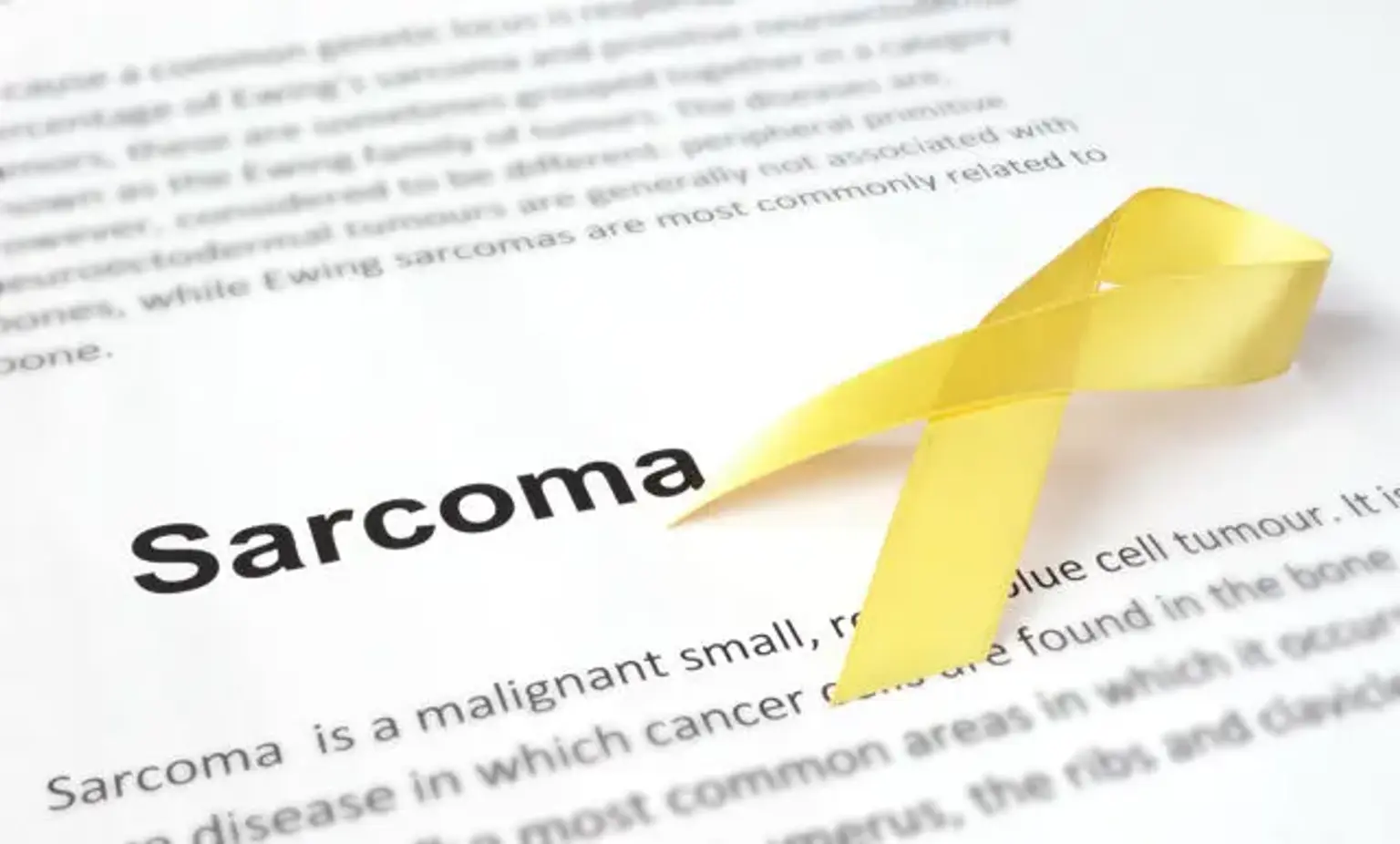Ewing's sarcoma
Ewing’s sarcoma is usually considered one of the rarest types of cancer that develop and affect bones. It can also affect the soft tissues within the bones, including the nerves and cartilages. It’s more common among children aging 10 to 20 but has an increased rate of being treated and cured. Nevertheless, it can also develop at any age.
Ewing’s sarcoma usually starts in the pelvis and the leg bones but can also develop in any bone within the body. In rare cases, it can occur in the soft tissues within the abdomen, chest, and limbs, among other areas of the body.
